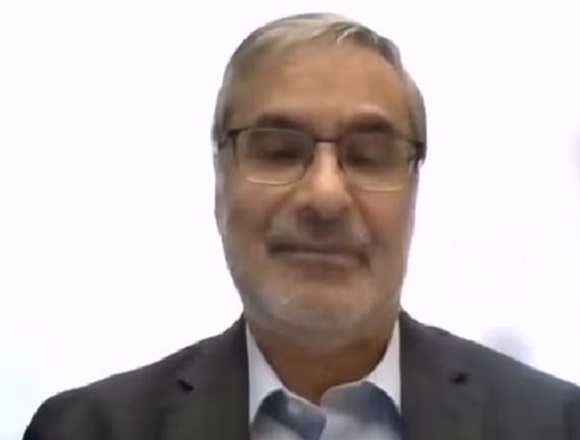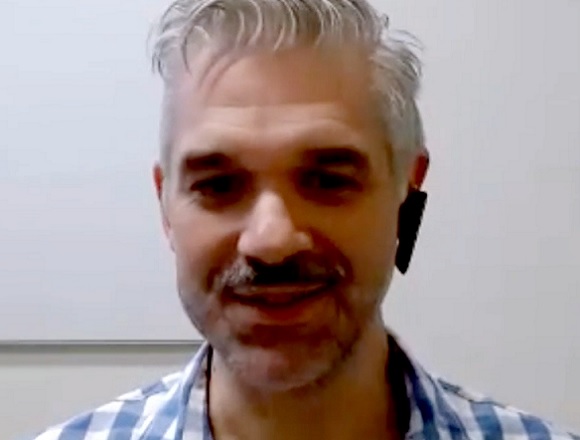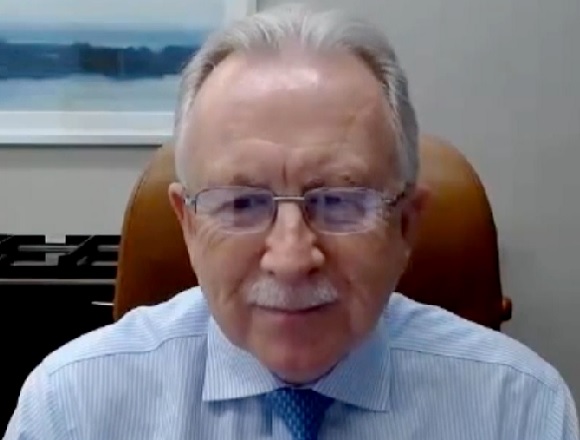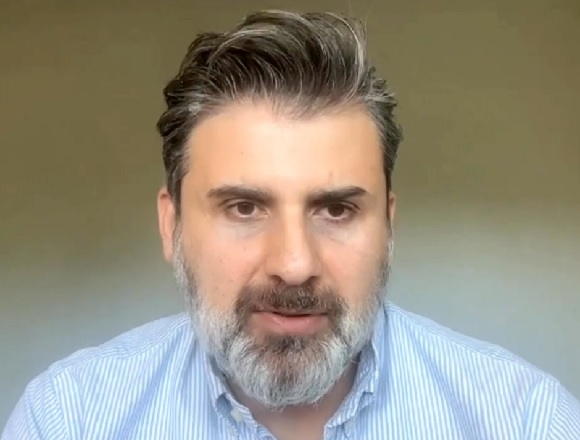Mike Sharma, MD, MSc, director of the Stroke Program at McMaster University, joins Roman Jaeschke, MD, MSc, DPharm, to discuss the principles of anticoagulation following stroke in patients with atrial fibrillation.
Transcript
Roman Jaeschke, MD, MSc, DPharm: Good afternoon. Let me welcome again our stroke expert, the medical director of the stroke program and chair in stroke prevention at McMaster University, Professor Mike Sharma. We’ve recently had an interview about stroke management and we got some follow-up questions. I hope to answer them today. Professor Sharma, the first thing is, how do you deal with a person who has atrial fibrillation (AF) and who shows up with a stroke?
Mike Sharma, MD, MSc: That’s a very good question. The probability of that happening is depending on the age of the patient, but if you look at stroke patients overall, it is something like 6% at the time of their presentation. If you follow them closely, maybe in the next year up to 10% will have it, again, depending on age. When you get past the age of 80 years, it’s almost a third of patients who have AF underlying their stroke.
Now, the key differentiator between ischemic stroke associated with AF and that which doesn’t have AF is the use of anticoagulation. So, the 2 areas in stroke prevention where we’ll anticoagulate are mechanical valves and AF.
In AF, there are a few points to consider. The first is when to start it and in whom to start it. Generally speaking, it’s easy for stroke neurologists. Anybody who’s had a stroke or transient ischemic attack (TIA) really meets CHA2DS2-VASc criteria to anticoagulate. I think in primary prevention you want to look at the CHA2DS2-VASc criteria to help you make that decision. So, for us, once you’ve had a stroke—and let’s deal with stroke—the decision is to anticoagulate.
The second point is when to start the anticoagulant. This is a decision that’s based really on the size of the infarct. With small infarcts you can start within 48 hours, so within 2 days. With TIAs you can start them right away. And by TIA what we mean is symptoms generally that have lasted <10 minutes, which are completely resolved, the exam is normal, and the computed tomography (CT) imaging looks normal. In those patients you can start it right away. A thing to remember with direct oral anticoagulants (DOACs)—factor X inhibitors or direct thrombin inhibitors—is that their action is within 2 hours of ingesting the drugs. So you’ll be anticoagulated immediately (for people like myself and I think like yourself, Roman, who trained with warfarin, where there was a delay between starting it and the anticoagulant effect). So, minor strokes within 48 hours; major or moderate strokes—and these are judged by the imaging, so you’ll need your radiologist usually to help you with that—in about a week. So we have that current dichotomy. Anytime you start it after a passage of time, it is recommended that you repeat a CT scan within 24 hours of starting, and that is to see if there’s been spontaneous hemorrhage in the area of infarct. Now, the probability of that is ~10% overall, depending on the type of treatment patients received, and sometimes it can be delayed. So we usually do it the day we’re starting, ensure there isn’t any hemorrhage, and then we start the oral anticoagulant.
Those timelines are similar to interruptions of anticoagulants, say you are somebody with AF, already anticoagulated, and they present with ischemic stroke. We will interrupt the oral anticoagulant for about the same time, about 7 days if it is a medium-sized or large stroke, check again for hemorrhagic transformation, and then restart it. One thing to remember is, strokes related to AF are much more likely to undergo hemorrhagic transformation than strokes due to other causes, and it is because the vessel spontaneously recanalizes, so blood flows back to the damaged tissue and hemorrhages.
Roman Jaeschke: Just to follow for my understanding, you obviously did a CT scan before, then you start anticoagulation depending on the size, and when do you repeat the CT? The day later?
Mike Sharma: OK, that’s a great question. Generally, we do not repeat the CT after starting the anticoagulant. And the reason for that is that… Two things to know. One is petechial hemorrhage, little bruising, and you’ll see this in CT reports. It’s very common, it’s not a contraindication to anticoagulation, and if you look at the evidence we have, nobody has suggested it’s safer to repeat the CT afterwards.
Roman Jaeschke: So you repeat it before starting anticoagulation, not after. OK, now I understand.
We were mentioning before that the patient who is already anticoagulated and has AF is not an immediate candidate for thrombolysis. How about clot retrieval?
Mike Sharma: That is one of the situations where we use clot retrieval without thrombolysis, no matter what the timeline is. So, if you can find an occlusion, which is in a proximal vessel, one that you can reach, we will absolutely do clot retrieval there. Now, one thing to know in that setting is, the thrombi or the emboli that occur are relatively large. So in that setting, very often we find them proximally.
One thing about anticoagulation, which I think will be useful to this audience is, be very careful about underdosing the anticoagulant. Please follow the label. One of the things we’ve seen in the data is, people that are most likely to be underdosed are older women, and what happens to them is they do not have a lower risk of hemorrhage than people on the correct dose, but they do have a higher risk of stroke. So, very carefully follow the label guidelines and use the correct dose for those patients.
Roman Jaeschke: Alright, that is all very helpful and I thank you very much for both health care practitioners and for the patients with AF. I hope this knowledge will help us make decisions and will help patients a bit. Thank you very much, Professor Sharma.
Mike Sharma: My distinct pleasure.
 English
English
 Español
Español
 українська
українська










